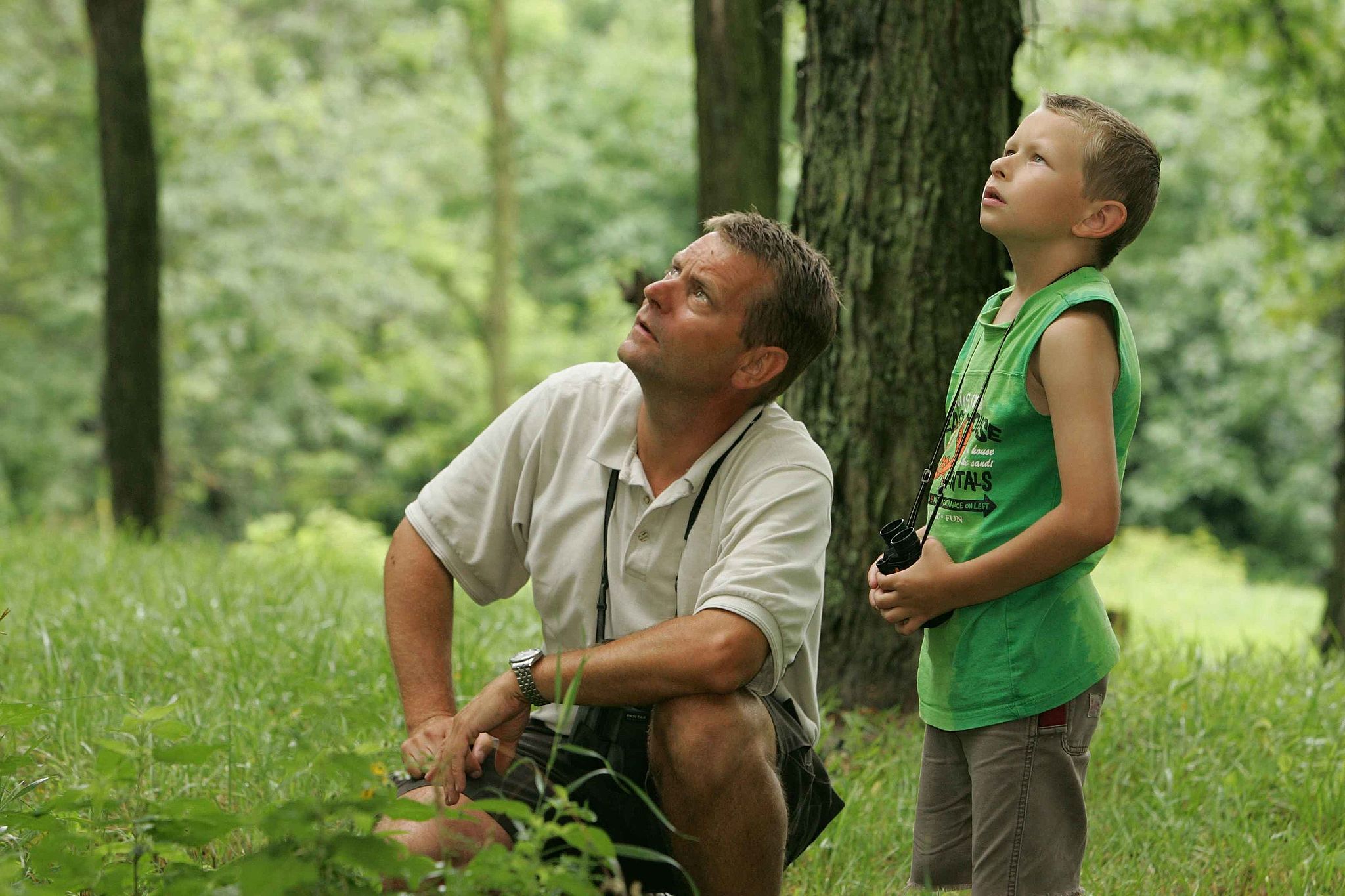I’ve been reading about how to help kids with behaviour problems like defiance. Interestingly, some of the evidence-based behaviour management strategies overlap with techniques we use to help kids with developmental language disorders. This may not be all that surprising given how many children with language disorders also have behavioural problems.
If you are worried about your child’s behaviour or language development (or both), here’s a simple strategy you can try out straight away. Some therapists call it ‘special time’. Consistent with our views on the importance of enjoying every day activities to improve communication skills, I call it ‘Defrazzle Time’.
Your goals are to learn to pay attention to your child’s good behaviour and interests, talents and achievements, and to ‘reset’ your relationship. This is especially helpful if you find yourself:
- constantly nagging, criticising, and arguing with your child; and/or
- not communicating with your child as much as you would like to (e.g. because you are busy, stressed, or distracted or if your child’s behaviour is frustrating or embarrassing you).
Defrazzle Time
Carve out 15 to 20 minutes a day to relax and play with your child. Sounds simple, right?
But it comes with a catch.
During Defrazzle Time, you (as the parent) are not allowed to:
- say anything negative or critical;
- issue commands;
- give instructions; or
- ask ‘testing’ questions.
For 15-20 minutes, during play, your child is in charge.
How to do it
- Wait for a time when your child is playing at something he/she enjoys. It doesn’t matter what it is.
- Without any special announcement, simply join your child, getting down (or up) to their level wherever they are playing, e.g. on the floor.
- Watch for a couple of minutes. Don’t ask questions.
- Start commenting on what your child is doing. Look for opportunities to give your child specific, genuine praise. Pretend you are a sportscaster or commentator giving a play-by-play description of what your child is doing. For example, when talking about a simple Lego game, you could say something like: ‘You’re building a spaceship. I can see it’s taken you a lot of time to make it. Well done. I think the wheels look great. You’re building some wings. I love how you’ve used red blocks to make them’.
- After 15-20 minutes, tell your child how much you’ve enjoyed playing together and that you’d like to do it again every day.
Practical Tips
- Set up a regular time that’s convenient to you both, and when you’re relaxed and able to focus your attention on your child.
- Try to find a time when siblings aren’t around to compete for your attention.
- Play whatever your child plays, provided it’s safe – even if you don’t like the activity.
- Follow your child’s lead – don’t take over or give directions. Take a back seat. If you can’t stop yourself from taking over, simply get next to your child, watch and comment.
- During the sessions, don’t try to correct your child – even if you have to bite your lip and watch as your child make mistakes.
- Keep a simple journal to record your observations – what you did and saw, and how it went.
- Avoid questions (e.g. ‘What are you doing?’, ‘Where does that go?’, ‘What’s that?’). In particular, avoid ‘testing questions’ (e.g. ‘What colour is this?’, ‘How many do you have?’, ‘Which ones go together?’). Most people hate being asked questions when they know the questioner knows the answer. Kids are no different.
- Avoid backhanded compliments (e.g. ‘I wish you were as good as this yesterday’, ‘It’s great to see you being so much neater today’).
- Use different kinds of praise that are natural: praise can be something as simple as a smile, wink, hug or ‘high five’. It can also be verbal, e.g.:
- ‘I like it when…’;
- ‘It’s great when…’;
- ‘Awesome job!’;
- ‘Wow!’;
- ‘You did that all by yourself – way to go!’;
- ‘I am very proud of you when you…’;
- ‘I always enjoy it when we…like this’.
- Be patient. It might take a few weeks for the effects of Defrazzle Time to kick in – especially if your relationship with your child has been strained for a while or if you both need to rebuild trust.
- Don’t be surprised if you enjoy the sessions so much that you go over time!
Related articles:
- My child is having emotional and behavioural problems at school. Should I get his language development checked?
- Defrazzle and reconnect: tips for families to talk to each other to stimulate language development
Principal source and further reading: Barkley, R.A. & Benton, C.M. (2013). Your Defiant Child: 8 Steps to Better Behavior, Guilford Press, New York, NY. What I call Defrazzle Time is based on step 1 of Barkley & Benton’s 8-step course. If you are concerned about your child’s behaviour at home, school or in public, this book is a good, practical read with lots of strategies based on peer-reviewed research and clinical practice. If you have serious concerns about your child’s behaviour or mental health, you should seek expert help from a paediatrician or mental health professional with expertise in working with children.
Image: http://tinyurl.com/h2a2f5k

Hi there, I’m David Kinnane.
Principal Speech Pathologist, Banter Speech & Language
Our talented team of certified practising speech pathologists provide unhurried, personalised and evidence-based speech pathology care to children and adults in the Inner West of Sydney and beyond, both in our clinic and via telehealth.


Leave a Reply